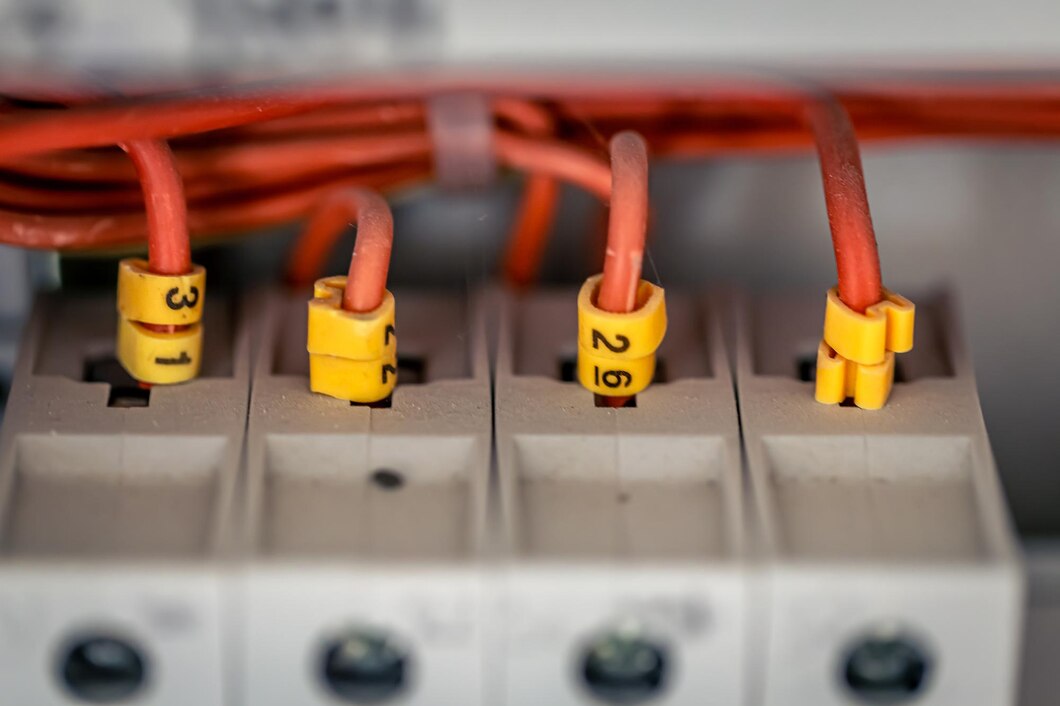It is a well-known fact that Residential Electrical Estimates demand attention to detail. Estimators need to make sure that no factor is being overlooked. The cost of an electrical system can be impacted by the smallest element. A reliable estimating firm such as SMA Estimating LLC makes sure to use the software while making calculations.
The use of software combined with field experience is the recipe for an accurate budget. But before that, you’ll need to have a grip on these 8 components of electrical estimating.
Accurate Residential Electrical Estimates
in 8 Steps!
1) Ask Yourself- What is the Project’s Requirement?
Each residential project comes with its requirements. Make sure that you understand the demands of the building as well as the client. Go through the contract multiple times and also hold meetings with the client. Make sure to visit the construction site and analyze the blueprints thoroughly.
2) Quantify Materials
Quantification of material is the first step to calculating cost. Take accurate measurements of the construction site. Most estimators double-check the dimensions to rule out any mistakes. Your Residential Electrical Takeoff needs to be on point. It is better to make a list of materials required and also mention the type.
3) Calculate the Cost of Materials
After the quantification of the material, you need to calculate the cost. For an accurate evaluation of material expenses, you need to know about the exact price of each material. If you are unsure, then survey the market to have an idea. Takeoff will aid calculation of material costs. You can also use cost-estimating software for quick and precise results.
4) Analyse Expense of Labor
To install or repair an electrical system, a construction project needs labour. Estimators need to make sure that labour cost is not underestimated or else it’ll lead to cost overruns. To calculate labour costs for residential electrical estimates, you will need to multiply the time taken into the rate of labour. Most of the labour charges are based on an hourly rate.
5) Consider Expenditure of Equipment
Electric projects often need machinery to be completed efficiently. Estimators should include the cost of equipment in the budget as well. Smaller residential electrical projects generally don’t require heavy machinery unless there’s a complication. But larger projects do and you will need to add their rental cost as well.
6) Calculate Overheads
Overhead expenses are also known as indirect expenses related to construction. To make precise residential electrical estimates you need to include overheads as well. Some examples
-
Permits
-
Insurance
-
Utility bills
-
Administrative expenses
-
Office rent
-
Advertisements
Neglecting overhead costs could create serious problems for the client. So these expenses cannot be ignored.
7) Make a Contingency Plan
A contingency plan has saved numerous clients from going over budget. In case of unexpected events or expenses, construction plans may derail. Estimators need to have a buffer to protect the project from extra monetary expenses. A contingency plan is put in action when such a situation arises.
8) Review the Estimate!
A reliable Construction Takeoff Company will also review and double-check the estimate being forwarded. SMA Estimating LLC wins a lot of bids due to this technique. You also need to go over your estimates before finalizing it.
To Conclude!
Estimators usually underestimate residential projects since they are not as complex as commercial ones. And this is where they lack. You need to take every construction project seriously. Overconfidence can kill the integrity of the construction process. Residential electrical estimates need to be made with complete dedication and sincerity. Don’t go for shortcuts and you’ll be fine!
